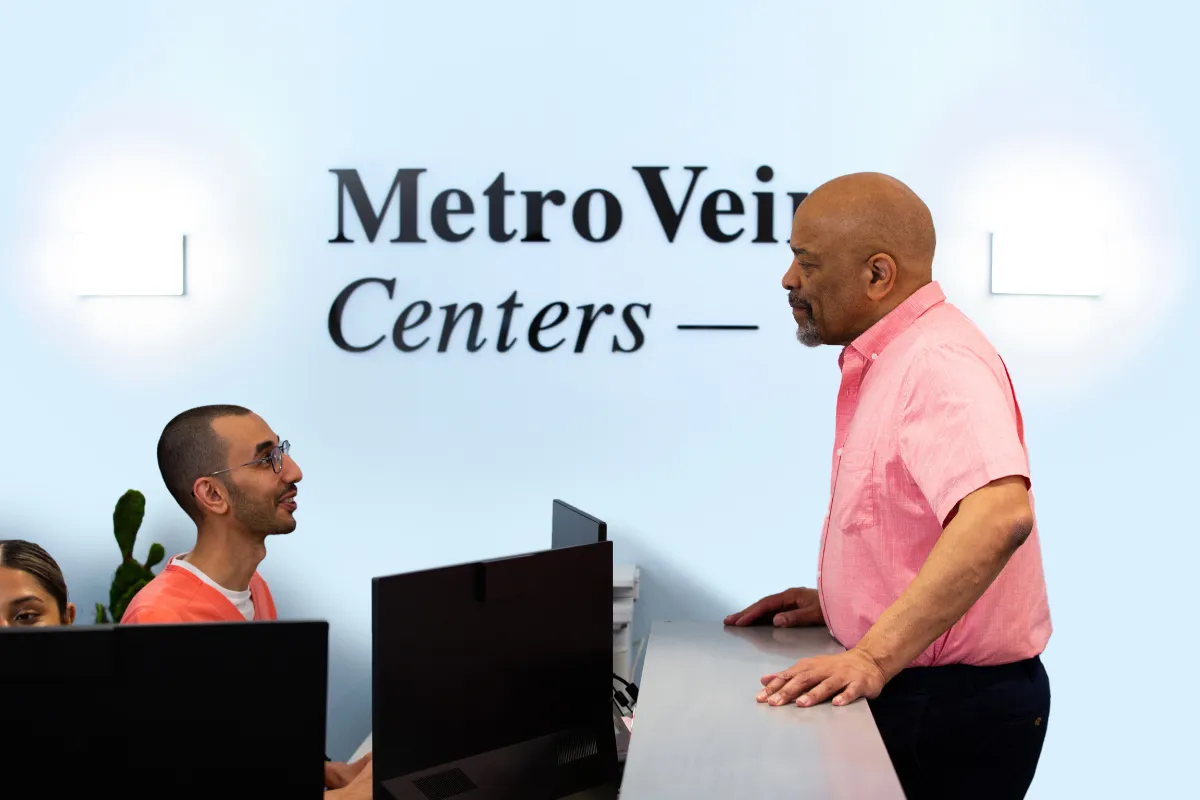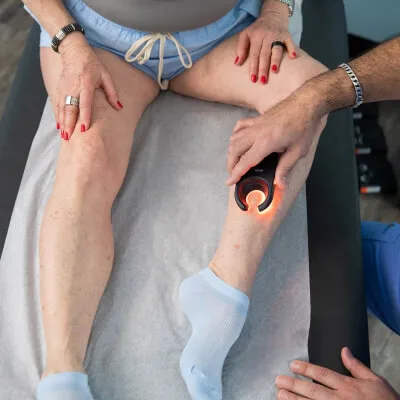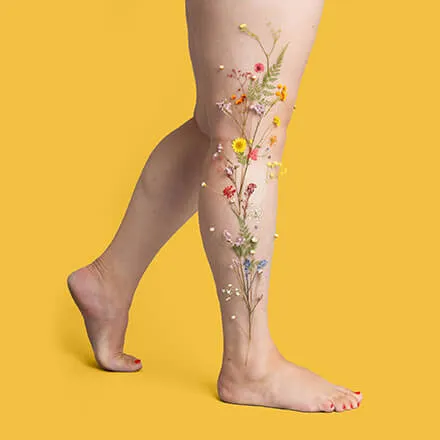Vein treatments haven't always been a minimally invasive process done in an office -- in fact, most of the stigma and fear that surrounds modern vein therapies can be traced back to a single notoriously uncomfortable procedure called "vein stripping" which is done in a hospital. Exactly what is vein stripping? And what is it about this surgery that causes so many prospective patients to avoid seeking vein treatments? We're stripping the smoke and mirrors from this old-fashioned vein surgery (and we'll tell you about the pain-free, modern alternatives). Keep reading to learn more!
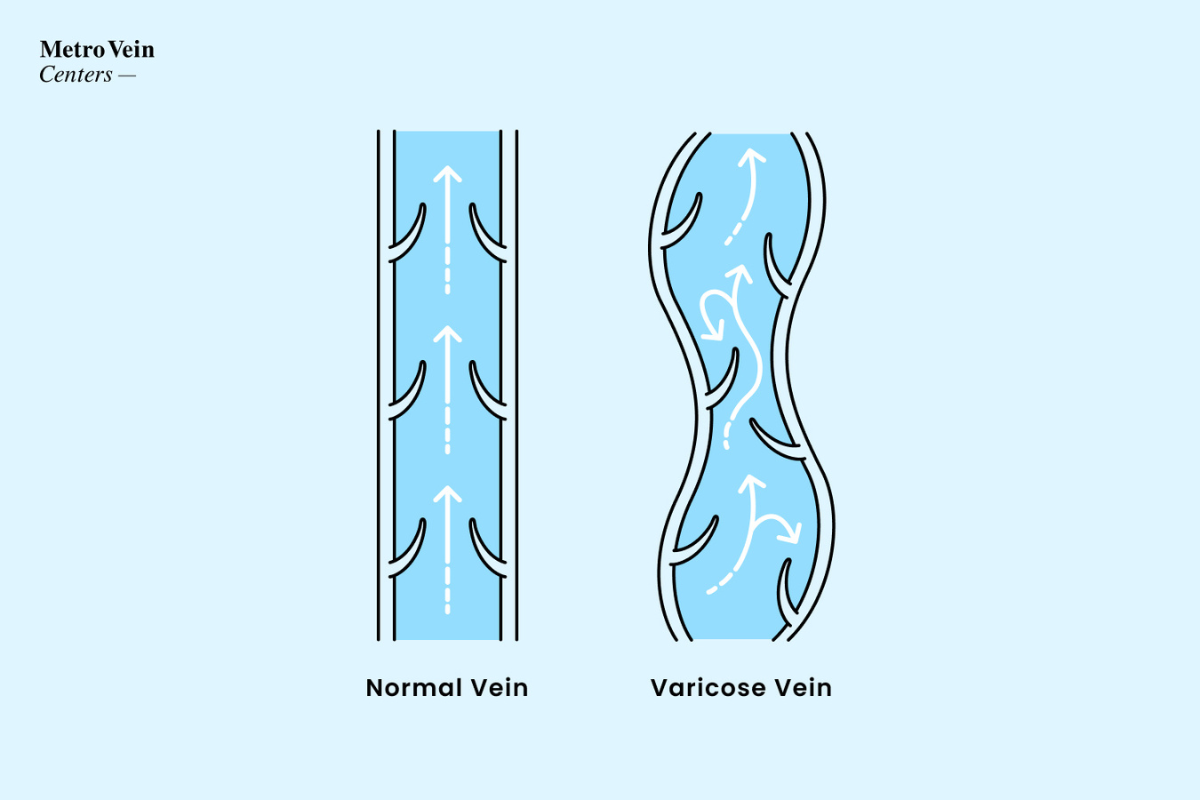
What Is Vein Stripping?
Vein stripping, also called vein ligation or phlebectomy, is an outdated and invasive procedure that involves removing large sections of varicose veins by creating incisions in the legs and threading a wire through the diseased vein, effectively "stripping" the interior of the vein. This procedure is performed in a hospital setting with a 2-3 hour surgery, during which patients are "put under" with the administration of general anesthesia.
This surgical procedure, at only 50% efficacy, is known to cause a great deal of discomfort to patients, with side effects such as severe bruising, potential scarring, and a likelihood of the eventual return of varicose veins in the treated leg. Patients experience significant pain following this procedure, for which they are commonly prescribed painkillers. It's recommended that patients take multiple weeks off from work -- the time frame varies depending on how many veins are removed, but can range from 7-14+ days, with full recovery taking up to a month.
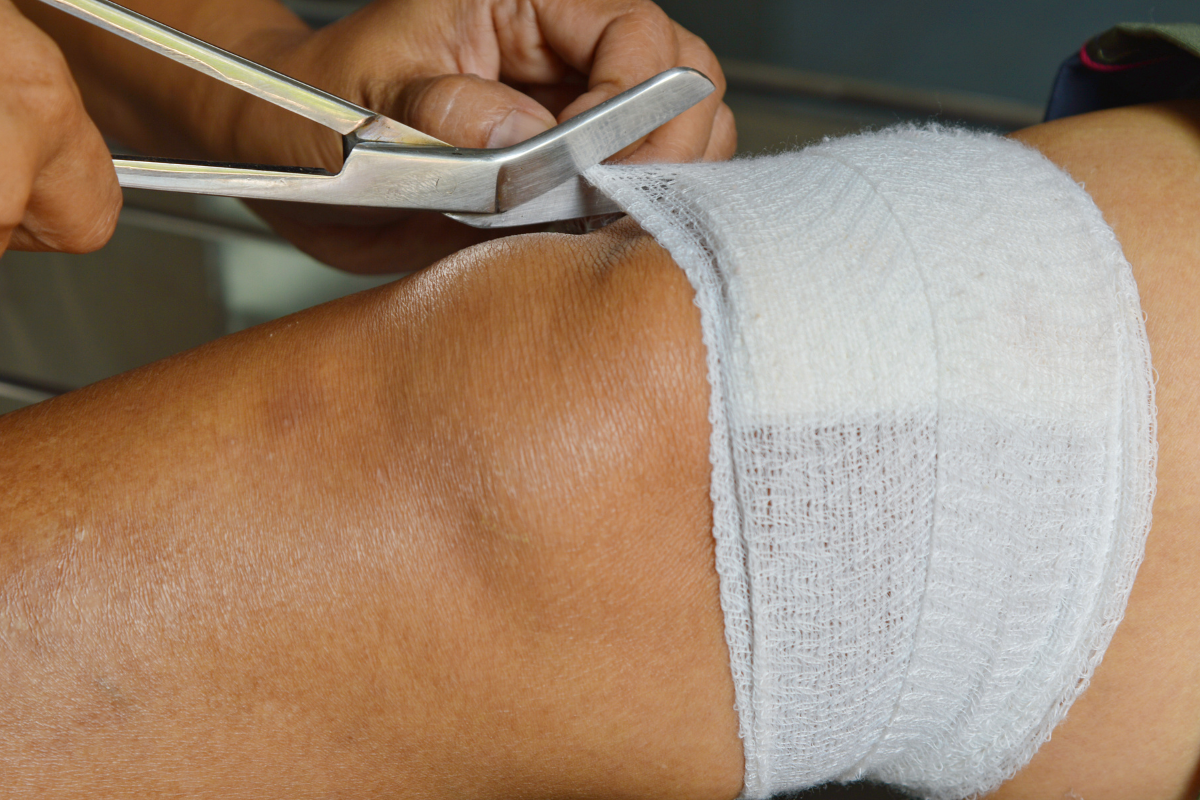
Why We DO NOT Recommend Vein Stripping
When pursuing vein therapies or cures for painful, itching, burning, bulging varicose veins, most patients find themselves at their wits' end: struggling with discomfort, loss of mobility, pain, and poor sleep as a result of restless leg syndrome. Such patients are willing to power through minor pain following surgery, so long as the results improve or eliminate their symptoms. Unfortunately, vein stripping has only a 50% chance of improving varicose veins! That means half of treated patients suffer through an invasive procedure for zero long-term benefits. Additionally, not every patient can take multiple weeks of paid time off work, so that can leave devastating impacts on their lifestyle, bill payments, and more.
Vein stripping has a relatively high-maintenance recovery time. Strenuous activity and exercise is restricted for 1-2 weeks, depending on how many veins were removed, to reduce risk of popping stitches at the incision sites. Bandages must be carefully changed from leaking incisions. Strict bed rest and elevation is required and that often means the caregiver must check on the patient while they sleep to ensure their leg remains propped up.
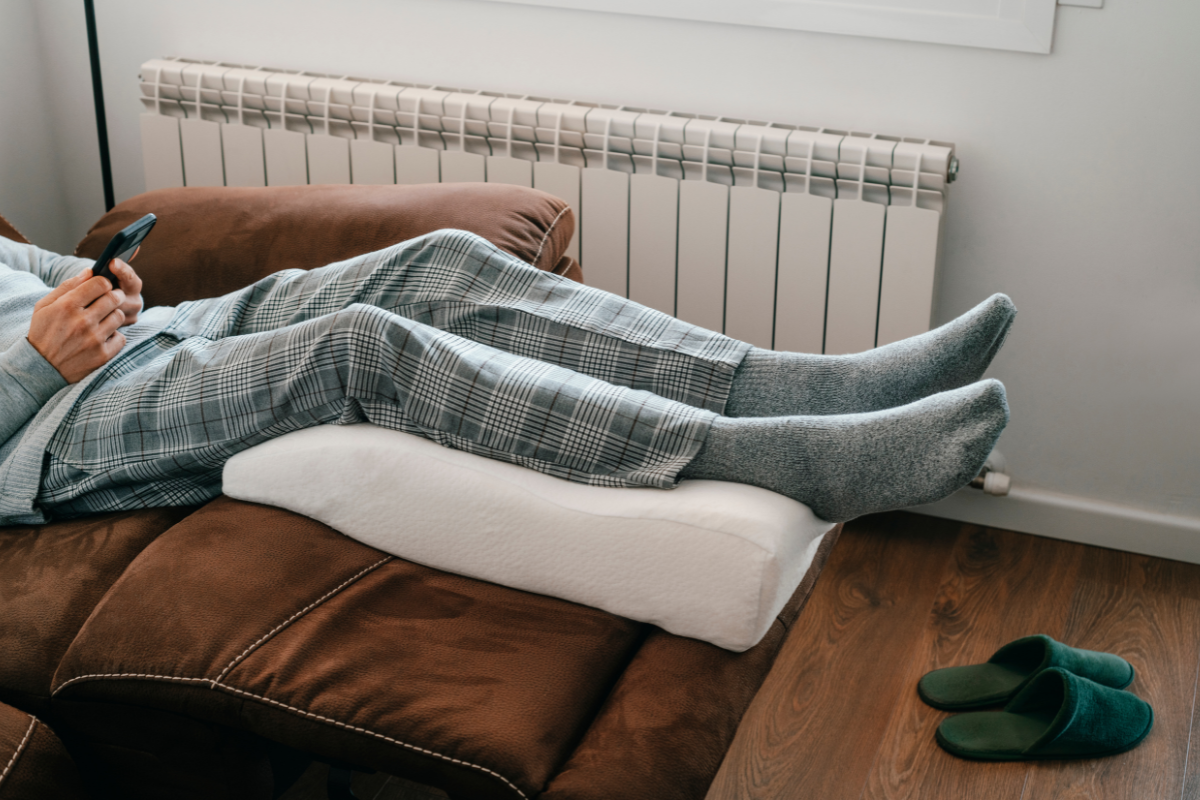
Stitches must be removed 7-14 days post-op for proper healing. Patients are often unable to drive themselves to and from surgery and any follow-up appointments (or are advised against it). Difficult bowel movements are often a major complaint following vein ligation.
All in all, the complications, loss of independence, pain and discomfort, and lack of motivating results have rendered this outdated procedure notorious in the vein care community. This has all changed in recent years, since vein treatments were revolutionized with modern treatment options that take less than 30 minutes with minimal downtime.
Modern Vein Treatments We DO Recommend
If you see a private vein specialist (outside of a hospital), varicose vein treatments are conducted in vein clinics that have access to state-of-the-art technology, allowing for minimally invasive and highly effective procedures to treat the uncomfortable symptoms of vein disease, varicose veins, and spider veins right in the office.
Today, minimally invasive injectable therapies, such as sclerotherapy, VenaSeal, and varithena, are available to treat varicose veins, while heat-based treatments like radiofrequency ablation (RFA) and endovenous laser ablation (EVLA) can be used to heal veins from the inside out, and without requiring patients to be put under general anesthesia. All of these treatments can be performed in less than 30 minutes by a team of vascular surgeons, physicians, and vein specialists, patients can drive or even walk themselves home after their appointment, and results are visible with clear improvement. The entire process of treating varicose veins has been modernized in ways that prioritize the patient's time, mobility, and lifestyle. With revolutionary technology setting the standard of care on a high bar, the need or desire for such an outdated and invasive surgery as vein stripping has become non-existent and ill-advised.
Unfortunately, vein stripping (aka, phlebectomy) has a reputation that still taints internet research for vein treatments. While unpopular and uncommon, vein stripping is still performed by some surgeons in hospital settings which do not have access to the medical equipment, machinery, or care expertise now found in specialist vein clinics. Modern tech allows for a variety of options in varicose vein removal, so there is no need to go to a hospital for vein stripping surgery. With a wealth of options available to patients, vascular surgeons no longer perform the same procedure on a full spectrum of symptoms. Customized care plans, hand-crafted by vein specialists, can now be created to treat specific concerns. From the size and depth of your varicose veins to individual experiences of discomfort (such as restless legs, itching or tingling, and leg swelling), your vein doctor can now ensure your unique treatment puts you on the swiftest route to total vein health.
Modern-day medicine simply has outgrown vein ligation.
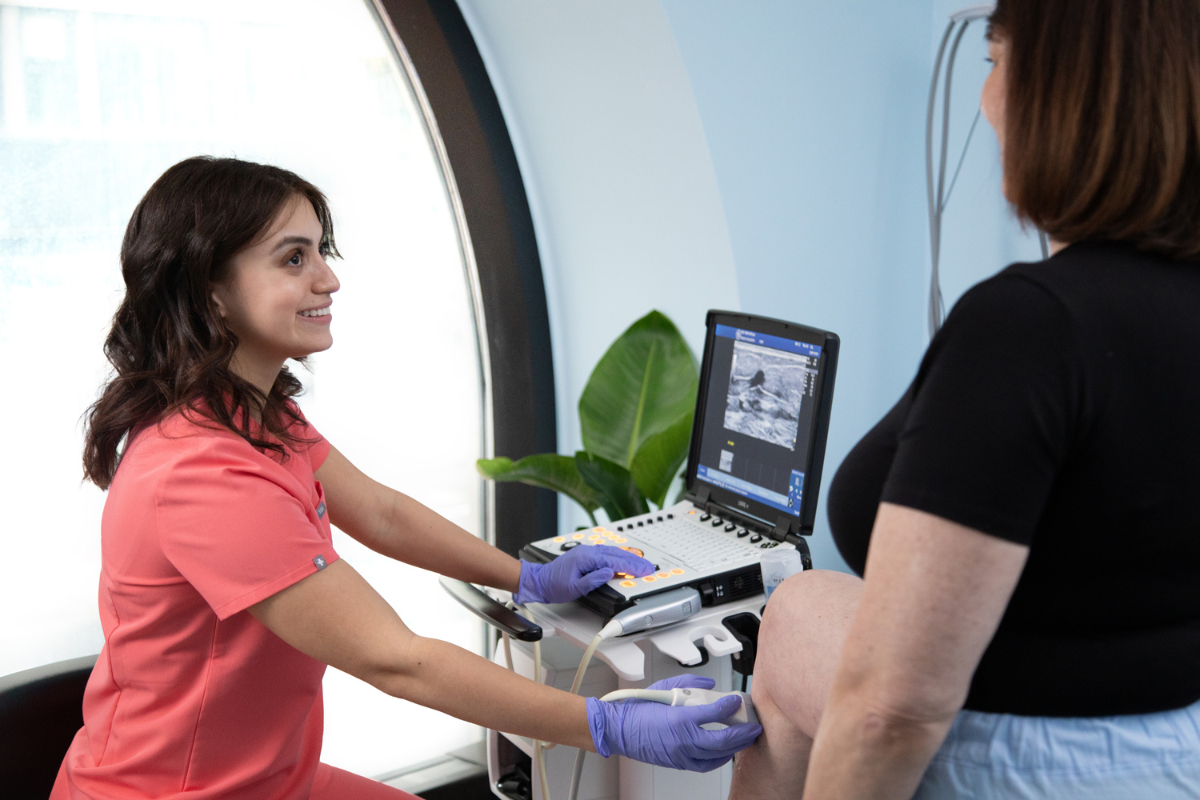
How Are Minimally Invasive Treatments Better Than Vein Surgery?
For starters, minimally invasive vein treatments such as radiofrequency ablation (RFA) have a 99% success rate, as opposed to the 50% success rate seen in old-school vein stripping. Additionally, outpatient treatments at a vein clinic do not require a hospital stay or the administration of general anesthesia. And when it comes to aftercare, minimally invasive techniques allow patients to continue working, tending to their families, and otherwise enjoying their typical routines. Pain is always a factor to consider, and obviously most patients prefer pain-free or virtually pain-free treatment versus weeks of pain and discomfort. Although "vein surgery" at a hospital may be perceived as premium medical care, reality simply does not reflect this perception when treating vein disease.
Chronic venous insufficiency is an incredibly common and easily treatable condition. Sedation and hours-long surgery is not necessary to produce results and permanently remove varicose veins.
Vein treatment can be a walk in the park (so to speak)! There is no defensible reason to subject patients to outdated, painful procedures when there have been so many fantastic advancements in the way our vein doctors can treat vein disease in the legs.
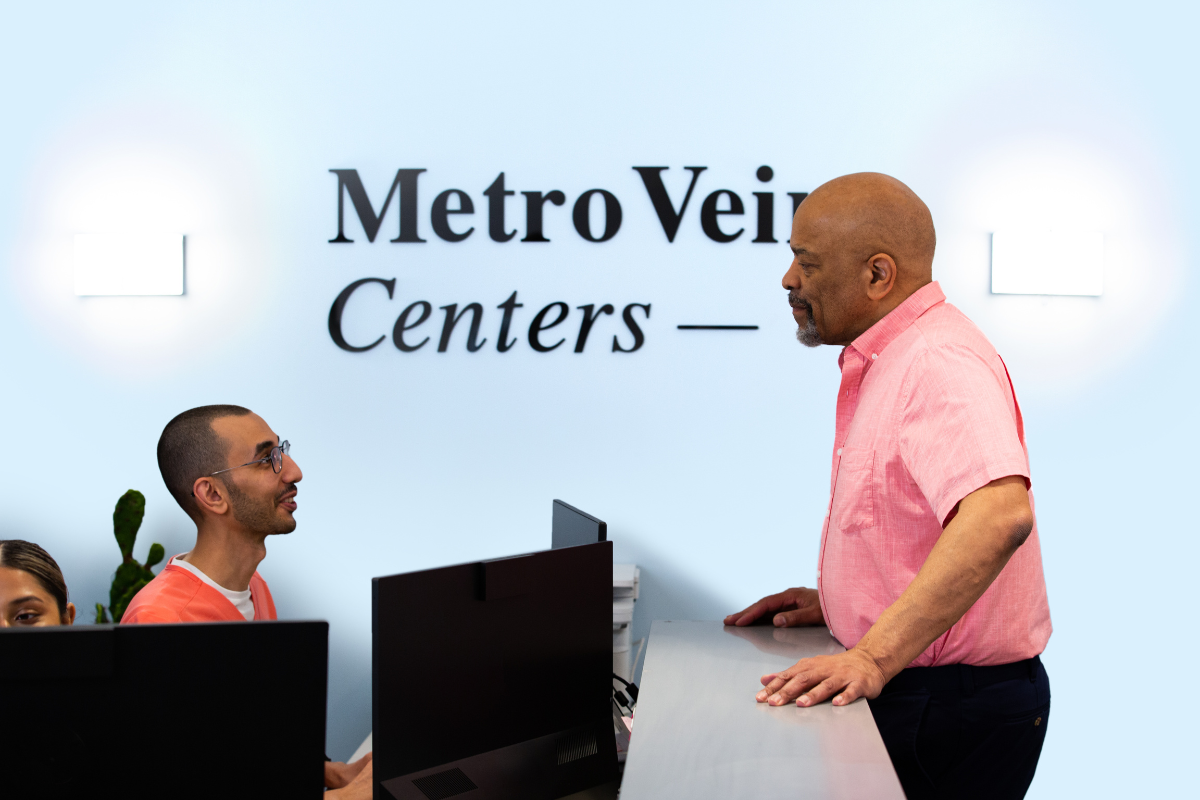
Where Can I Learn More About Modern Vein Treatment?
At Metro Vein Centers, our team of board-certified vein specialists offer free vein evaluations to screen incoming patients for vein disease. We accept over 200 insurance plans, and 97% of our varicose vein treatments are covered by providers. If you're interested in learning which minimally invasive vein therapy is right for your unique symptoms, lifestyle, and concerns, our patient care team is available at 866-353-3975 to answer all questions. Schedule your (painless!) appointment in one of our New York, New Jersey, Texas, Connecticut, or Michigan clinics. We hope to see you soon!

Metro Vein Centers Editorial Team
From vein care 101 to treatments, the Metro Vein Centers blog offers patients everything they need to know about vein health.

Trusted insight from the nationally accredited, board-certified vein doctors at Metro Vein Centers.




